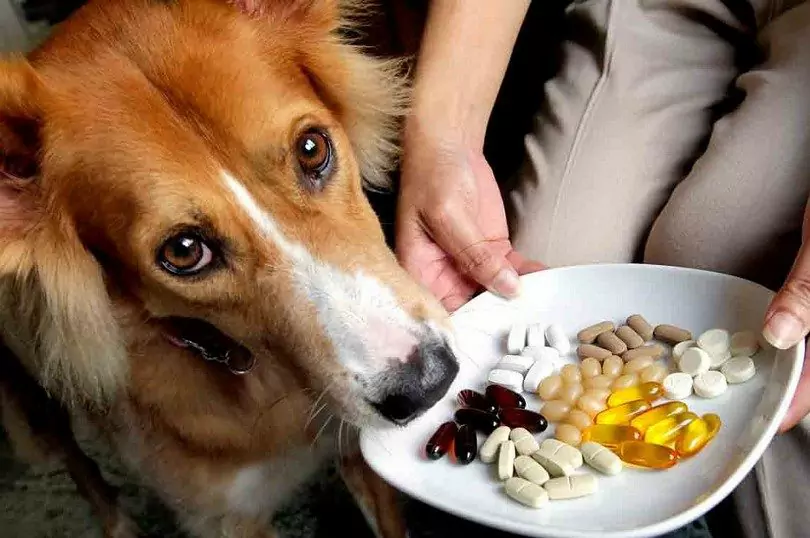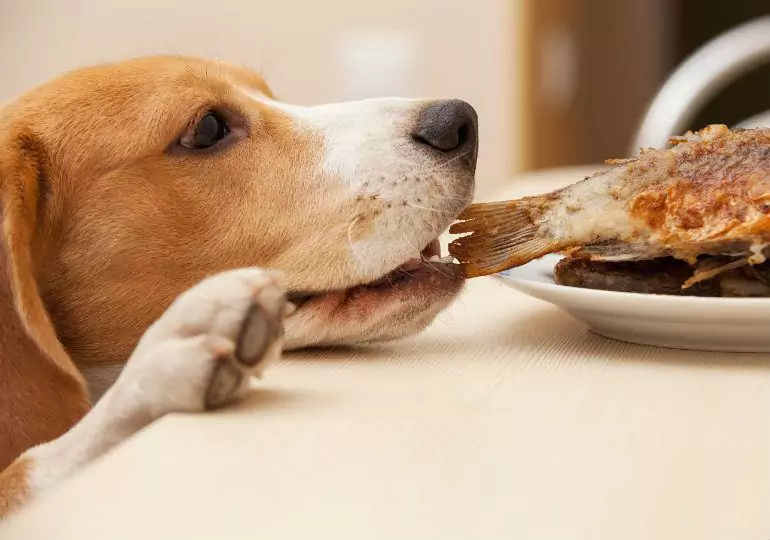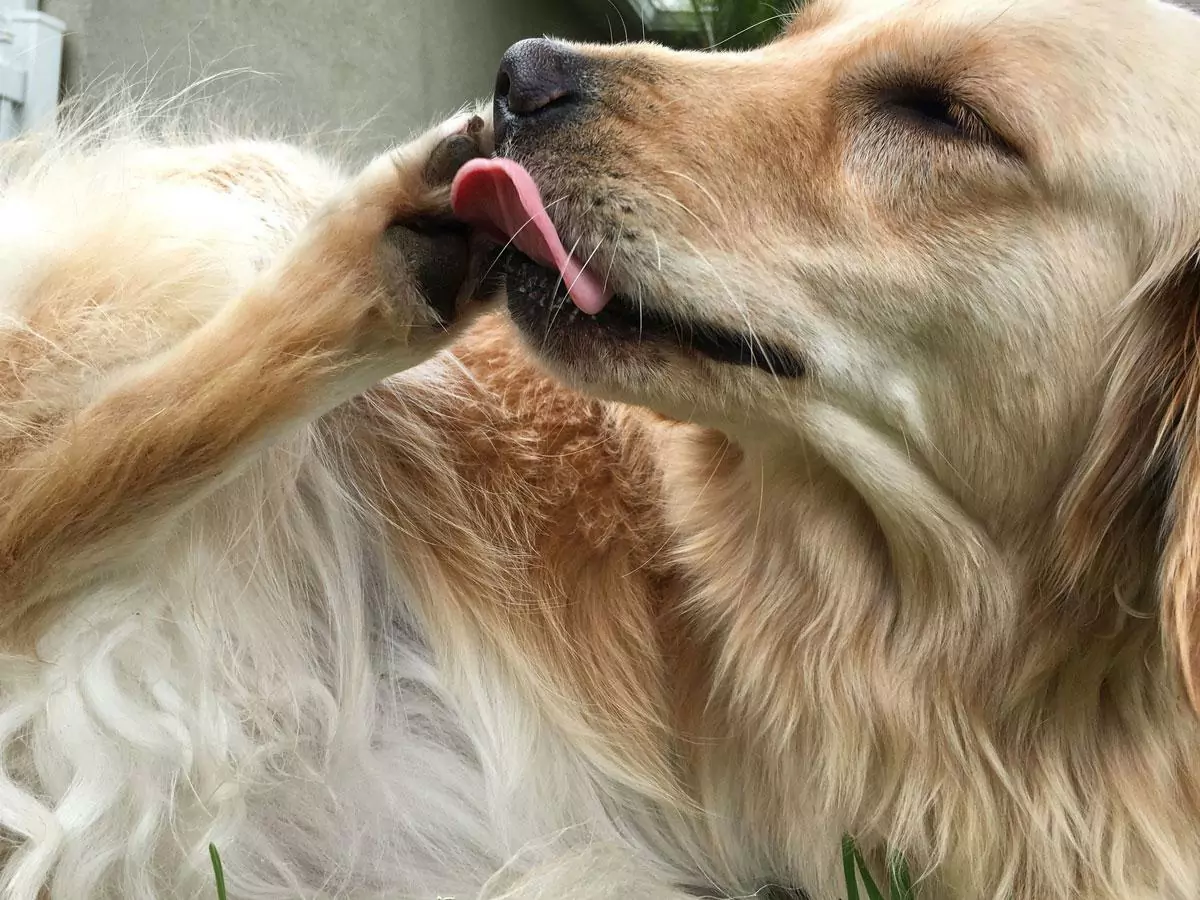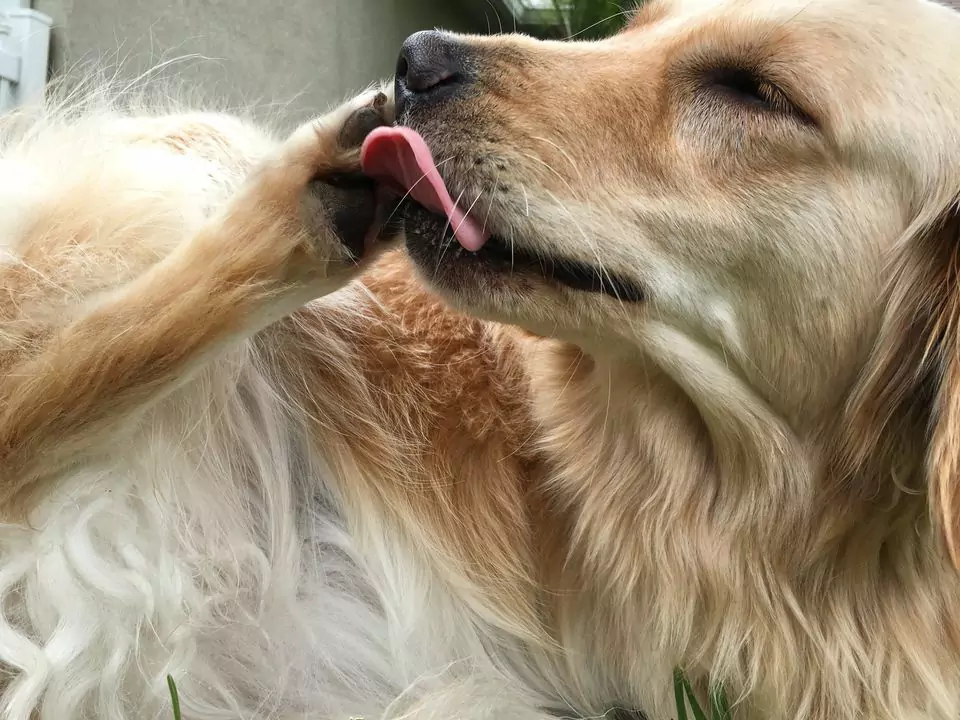How do dogs develop neutropenia?
2022-07-01
How do dogs develop neutropenia
1 What is the morphology of neutrophils in animals?
Neutrophils are a lineage of granulocytic leukocytes with a cytoplasm containing distinctive granules of an inconspicuous or "neutral" color. Primate (including human) neutrophils are more obviously stained with special particles, while the cytoplasm of bovine neutrophils is pink because it contains large tertiary particles. The neutrophil nuclei are deeply stained and dense, and are divided into 3-5 lobes. On blood smears, neutrophils are slightly smaller than eosinophils and basophils.
2 What is a "mallet body"?
Drumstick vesicles are small, round nuclear lobes that are connected to the nucleus of neutrophils by a thin filament. It is normally found in a small number of neutrophils in females and represents the inactivated second X chromosome. Its structure is similar to that of the bacillary vesicles in the epithelial cells of females. If drumstick vesicles are present in a large number of neutrophils in males, this indicates chromosomal disorders, such as XXY syndrome in male phalaropes.
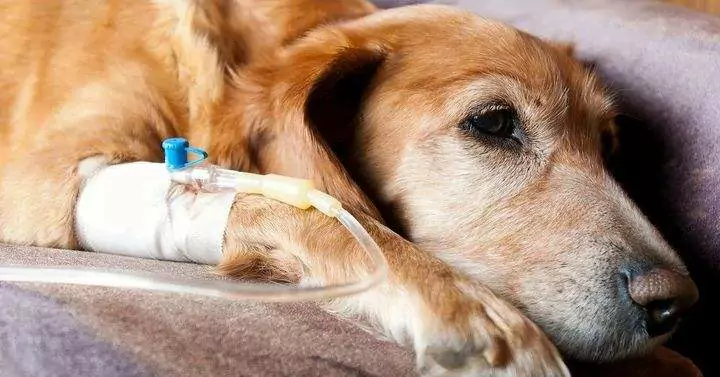
3 What is the main function of neutrophils
In acute inflammation, neutrophils in the blood must enter the tissues and act as front-line attack cells. There is a release of chemokines such as interleukin-8 (IL-8) and complement (C5a) at the site of inflammation, which causes neutrophils to accumulate. Their main role is phagocytosis and killing of bacteria. Neutrophils use a number of methods to attack bacteria in the phagosome, including the formation of oxygen radicals, such as superoxide anion and hydrogen peroxide, and the reaction between peroxidase and hydrogen peroxide in neutrophils to produce hypochlorous acid. In summary, these oxygen radicals and other oxides damage the lipid membranes of target cells. In addition, neutrophils also release proteins with antimicrobial activity, such as defensins and lysozyme.
4 What is the process of neutrophil production
The bone marrow produces granulocytes and monocytes that originate from a common stem cell. In response to stem cell factors and interleukin-6 (IL-6), pluripotent stem cells proliferate and differentiate into lineage-specific progenitor cells, which can differentiate into neutrophils, monocytes, eosinophils, or basophils. Progenitor cells further differentiate into precursor cells, which can be seen in bone marrow smears. Early granulocytic leukocyte precursors (primitive, early, and intermediate granulocytes) undergo five mitotic divisions and undergo a change in nucleus shape (round - serrated - lobulated), a gradual condensation of nuclear chromatin, and the appearance of asplenophilic or specialized granules in the cytoplasm as they differentiate into mature granulocytes. In healthy animals, one myeloid cell forms 16 or 32 mature lobulated neutrophils by replication in 6 d time. In contrast, during the inflammatory phase, this maturation time is shortened in order to increase the number of neutrophils transferred to the tissues.
5 What is colony-stimulating factor
Colony-stimulating factor (CSF) is a cluster of glycoproteins that stimulates the production of neutrophils and monocytes by the bone marrow. CSF) and macrophage colony-stimulating factor (M-CSF). These cytokines prevent the apoptosis of neutrophil and monocyte precursors, and this apoptotic mechanism is designed to normally limit the number of mature cells in the bone marrow. As CSF prolongs the life span of the precursors, it leads to an increase in blood neutrophils and monocytes. In addition CSF enhances the functional activity of mature neutrophils and monocytes.
6 How to identify the different fractions of neutrophils in the blood and bone marrow
a. Circulating pool. The blood flowing in the blood vessels contains a large number of fractionated neutrophils, and the neutrophils in the leukocyte picture are derived from the circulating pool.
b. The marginal pool. Many foliated neutrophils are in close contact with endothelial cells in capillaries and postcapillary microvenules, always ready to enter the tissue. These neutrophils are not in the free-flowing blood and therefore are not reflected in the leukocyte picture. The circulating pool and the marginal pool have approximately equal numbers of neutrophils, with the exception of the cat, whose marginal pool contains three times as many neutrophils as the circulating pool.
c. Storage pool. The storage pool consists of non-dividing neutrophils in the bone marrow, including lobulated neutrophils, rod neutrophils, and late juvenile neutrophils. These precursor cells will continue to differentiate into lobulated neutrophils and are capable of meeting the needs of the dog for several days. The storage pool is the largest source of neutrophils.
d. Proliferative pool. The proliferative pool consists of actively dividing neutrophil precursors in the bone marrow and includes primitive, early and intermediate granulocytes.
7. Are other leukocytes in the bone marrow and blood similar to neutrophils? Do they also contain different components?
Similar to neutrophils, blood eosinophils and monocytes also have a circulating pool and a marginal pool. However, these cells do not have a bone marrow storage pool. Lymphocytes are stored primarily in lymphoid tissue, not in the bone marrow or blood.
8 What is nuclear left shift
A leftward nuclear shift indicates the presence of neutrophil precursors in the blood, usually in the form of increased numbers of rod-shaped neutrophils, while late juvenile and early precursors are less common. Nuclear left shift occurs when the blood pool and bone marrow storage pool are depleted by the migration of large numbers of fractionated neutrophils to the site of inflammation. At this point, rod neutrophils (and early precursors) leave the bone marrow immaturely. Although left nuclear shift is usually caused by bacterial infection, some non-infectious factors that trigger inflammation can also cause left nuclear shift, such as tissue necrosis and immune-mediated diseases.
9 There are several categories of left nuclear shift
The leukocyte picture is classified according to the increased concentration of rod neutrophils (or early precursors), which can be classified as "regenerative" or "degenerative" nuclear left shift. If both lobulated and rod-shaped neutrophils increase, this indicates a regenerative left nuclear shift. This shift is relatively favorable because the ability of the bone marrow to produce granulocytes can maintain a higher concentration of lobulated neutrophils during inflammation. There is no clear definition for degenerative nuclear left shift. Some consider degenerative nuclear left shift to be the opposite of regenerative nuclear left shift, with lobulated neutrophil concentrations at or below the reference range, accompanied by an increase in rod-shaped neutrophils (early precursors). Others consider degenerative nuclear left shift to refer to an absolute concentration of rod neutrophils greater than lobulated neutrophils, which is rare. Although the definition is controversial, degenerative nuclear left shift is clearly more worrisome than regenerative nuclear left shift. Degenerative left nuclear shift is due to suppressed granulopoiesis and/or excessive neutrophil demand at the site of inflammation resulting in an insufficient capacity of the bone marrow to produce granulocytes to maintain normal fractionated neutrophil concentrations.
10 What is mature neutrophilia
The leukocytic picture of mature neutrophilia includes increased concentrations of foliated neutrophils and the absence of rod-shaped neutrophils (or early precursors). This leukocytic picture can be observed in a variety of diseases, and this finding is not specific without knowledge of the severity of the neutrophilia. The leukocytic picture of mature neutrophilia can be summarized as neutrophilia lacking a leftward nuclear shift.
11 What is nuclear right shift
Nuclear right shift is manifested by an increased number of neutrophils with excessive nuclear lobulation, which can be 5 or more lobes. Leukocyte sorting counts do not include neutrophils with excessive nuclear lobulation, so nuclear right shift cannot be quantified in the same way as nuclear left shift. When neutrophils circulate in the bloodstream for an extended period of time, overly lobulated neutrophils often appear along with senescence. Rightward nuclear shift occurs most often in animals treated with glucocorticoids or hyperadrenocorticism (especially in dogs) because glucocorticoids inhibit neutrophil migration from the blood vessels and prolong their circulation. Hyperlobulation due to impaired neutrophil development is rarer, such as VIP macrocytosis, giant schnauzer VB12 malabsorption, and bone marrow dysplasia in animals with myeloid leukemia.
12 What is the most severe form of neutrophilia in the stress leukocyte picture
The concentration of fractionated neutrophils in the stress leukogram tends to increase to two to three times the upper limit of the reference range. For example, with endogenous or exogenous glucocorticoids, fractionated neutrophil concentrations in dogs can be as high as 35,000 neutrophils/uL. Many inflammatory leukocytosis with mature neutrophilia resemble stress leukocytosis and would be difficult to identify without a history and clinical examination.
13 What are the main mechanisms that cause neutropenia
a. Excess neutrophil migration to tissues during inflammation (acute bacterial infection, sepsis, necrosis)
b. endotoxin-induced marginalization (shift of neutrophils from the circulating pool to the marginal pool)
c. Reduced bone marrow granulocyte production
(1) Viruses (feline leukemia virus, feline immunodeficiency virus, microviruses)
(2) Intramedullary cell infiltration (bone marrow suppression, e.g., lymphosarcoma, myelofibrosis, sarcoidosis)
(3) Toxins (canine estrogen and sulfadiazine toxicity)
(4) Hereditary (adult Belgian Tanbirian, grey collies with periodic hematopoiesis)
d. Increased neutrophil destruction (immune-mediated neutropenia)
14 Why does endotoxemia cause neutropenia
One of the systemic effects of endotoxin is to enhance the adhesion of blood neutrophils to the endothelial surface by activating adhesion molecules, which leads to redistribution of neutrophils in the blood, i.e., from the circulating pool to the limbic pool, and manifests as severe neutropenia. Although the neutrophils in the marginal pool remain in the blood, they do not appear on the leukocyte picture, a change known as pseudogranulocytopenia. The latter is only an acute, temporary change that is followed by neutrophilia, due to the ability of endotoxin to promote the release of neutrophils from the bone marrow storage pool.
15 Why does microvirus infection cause severe leukopenia
The target cells of canine and feline microviruses are cells in rapid mitosis, including hematopoietic precursor cells. The short half-life of neutrophils and impaired granulocyte production result in rapid depletion of neutrophils in the blood and bone marrow. In addition, the neutropenia is further exacerbated by the necrotic shedding of the villous intestinal epithelium due to viral attack on intestinal gland cells, which results in increased intestinal absorption of endotoxins. The typical hematologic changes of microvirus infection are neutropenia without thrombocytopenia or anemia.
16 Which two mechanisms cause neutrophilia
a. Blood neutrophil de-marginalization or/and bone marrow pool release
(1) glucocorticoids (administration, hyperadrenocorticism)
(2) Adrenaline (anxiety, physical exertion)
b increased granulocyte production and release of bone marrow storage pools
(1) Inflammatory diseases: infectious (bacterial, fungal, cat-borne abdominal); non-infectious (immune-mediated, necrosis, hemolysis)
(2) Paraneoplastic (tumors producing CSFs)
(3) Acute or chronic granulocytic leukemia
17 Which tissues develop inflammation without inflammatory leukocyte signs
Neutrophilic inflammation in the bladder, intestine, epidermis, and central nervous system usually does not cause significant changes in the leukocyte picture. This is because these sites lack protection from inflammatory mediators (e.g., CSFs) or tissue isolation. Therefore, there is no systemic inflammatory response in granulopoiesis and leukocyte picture.
#
Granulocyte
#nuclear left shift
#leukocyte
#sex granule
#bone marrow
#precursor
#circulating pool
#blood
#degenerative
#inflammation
Was this article helpful to you?
Other links in this article
English:
How do dogs develop neutropenia?
Nederlands:
Hoe ontwikkelen honden neutropenie?
Polskie:
Jak u psów dochodzi do neutropenii?
português (Brasil):
Como os cães desenvolvem a neutropenia?
русский:
Как у собак развивается нейтропения?
中文简体:
狗是如何患中性粒细胞减少症的?
中文繁体:
狗是如何患中性粒細胞減少癥的?
Comments

Why is my dog throwing up?

Why does my dog keep coughing?

How many months is a dog pregnant? Signs and Phenomena of Dog Pregnancy
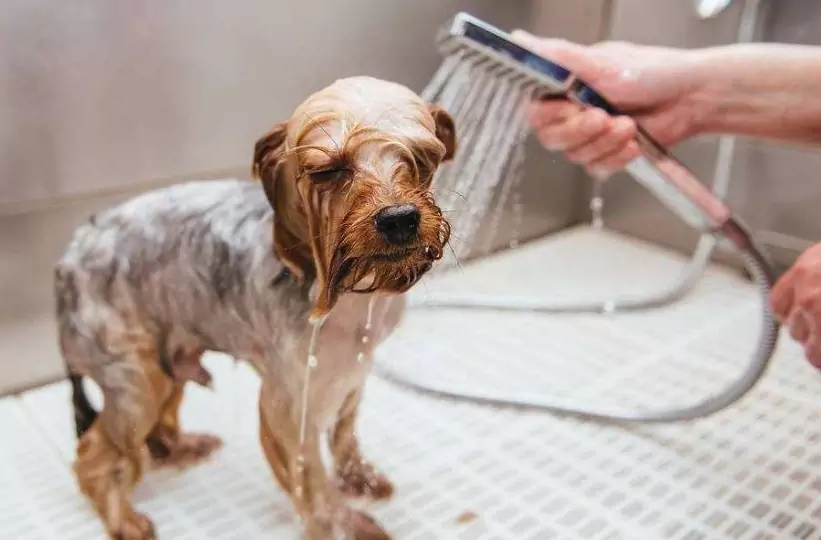
How do dogs grow fleas? Ways to get rid of fleas on dogs

Can dogs get diabetes?
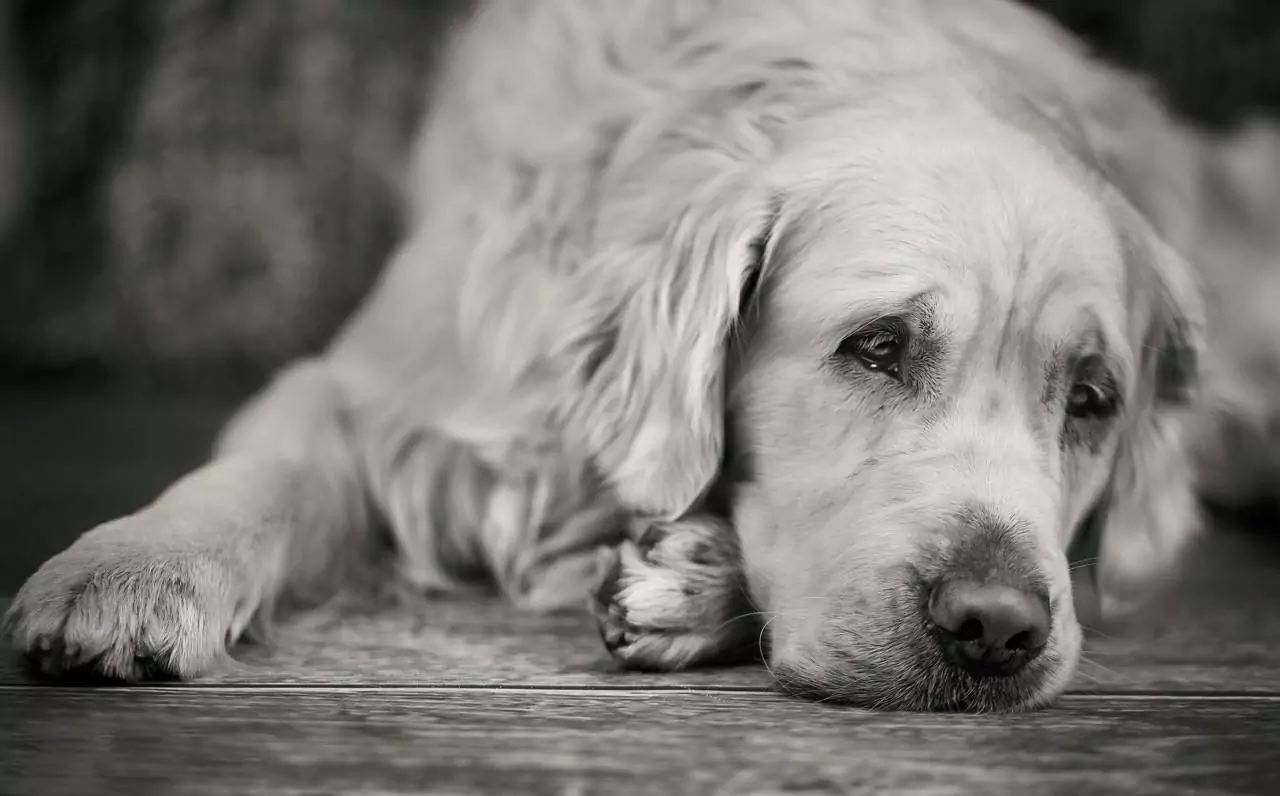
Can dogs be depressed?
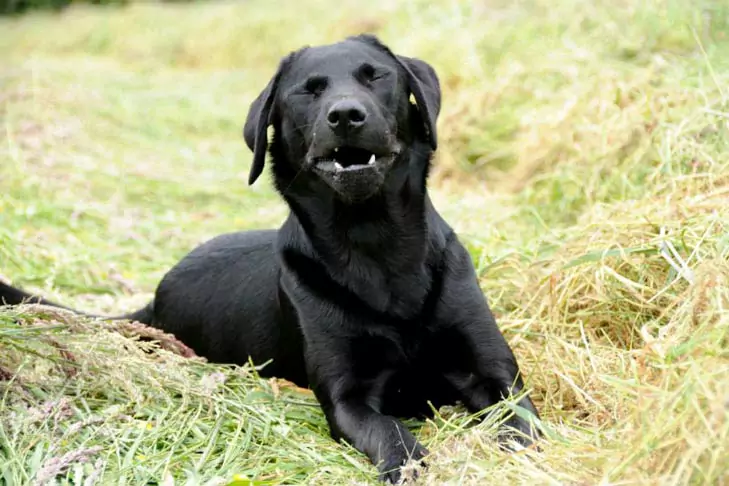
Why does my dog keep sneezing? Causes of Sneezing in Dogs

Can dogs catch a cold? Cold and Flu Symptoms in Dogs
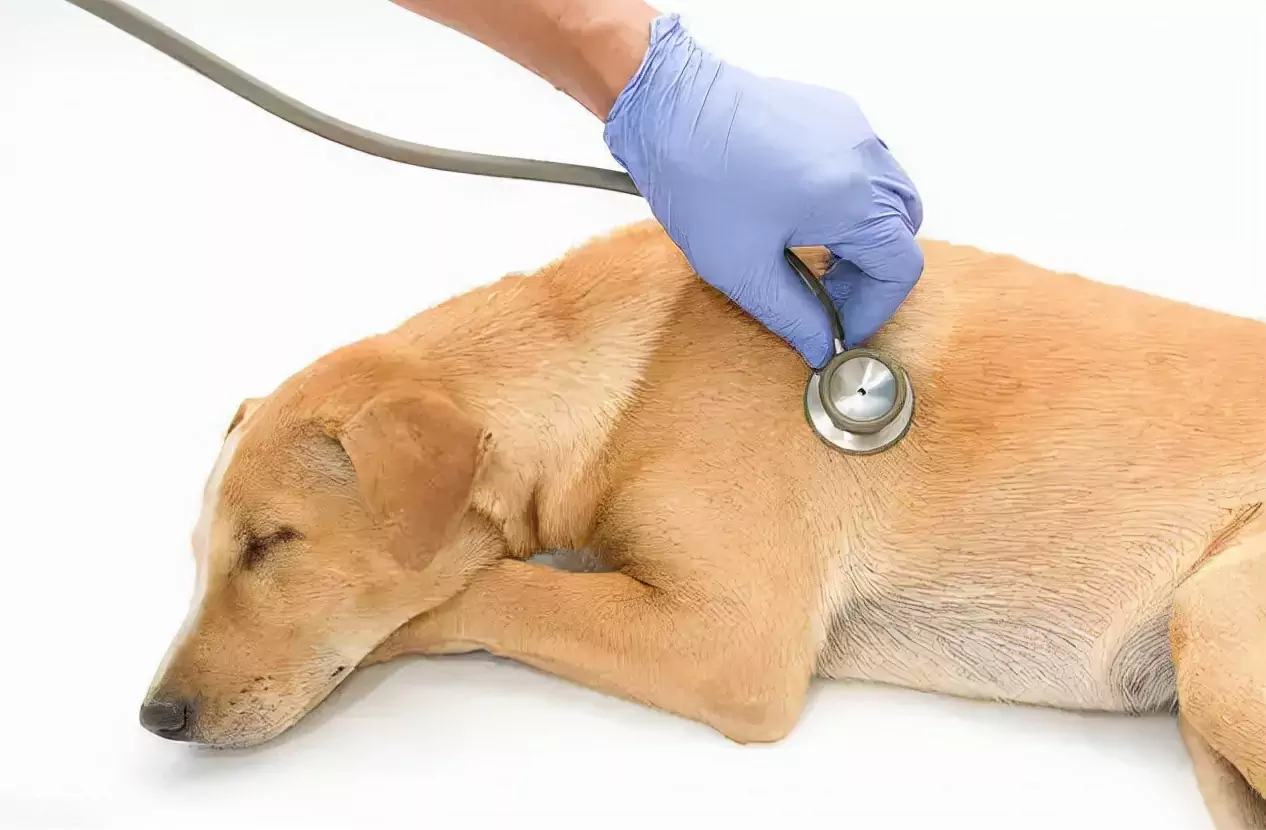
What causes heart disease in dogs
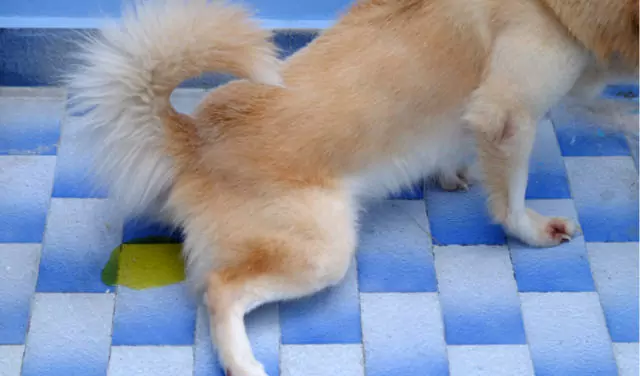
Can dogs get urinary tract infections?





